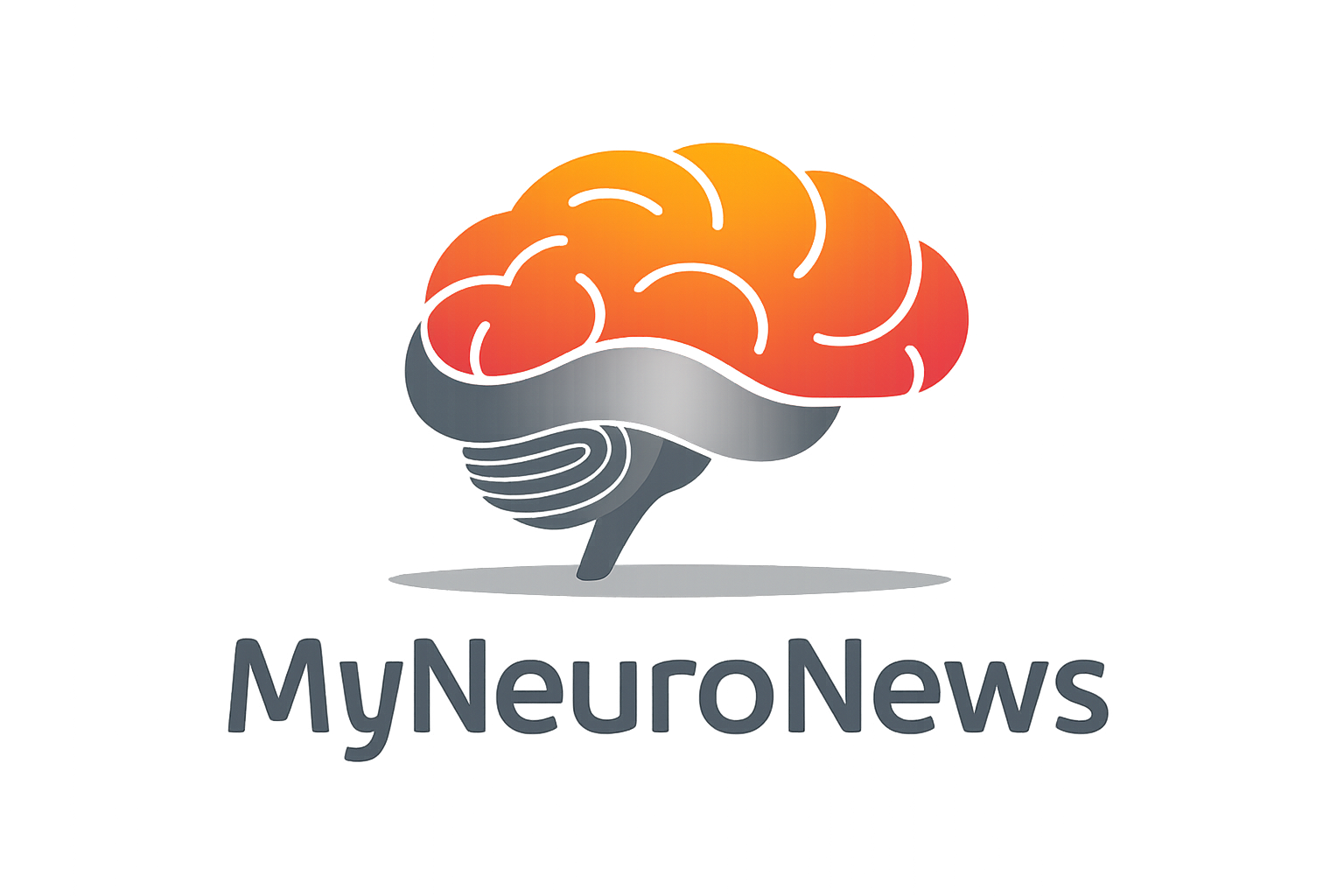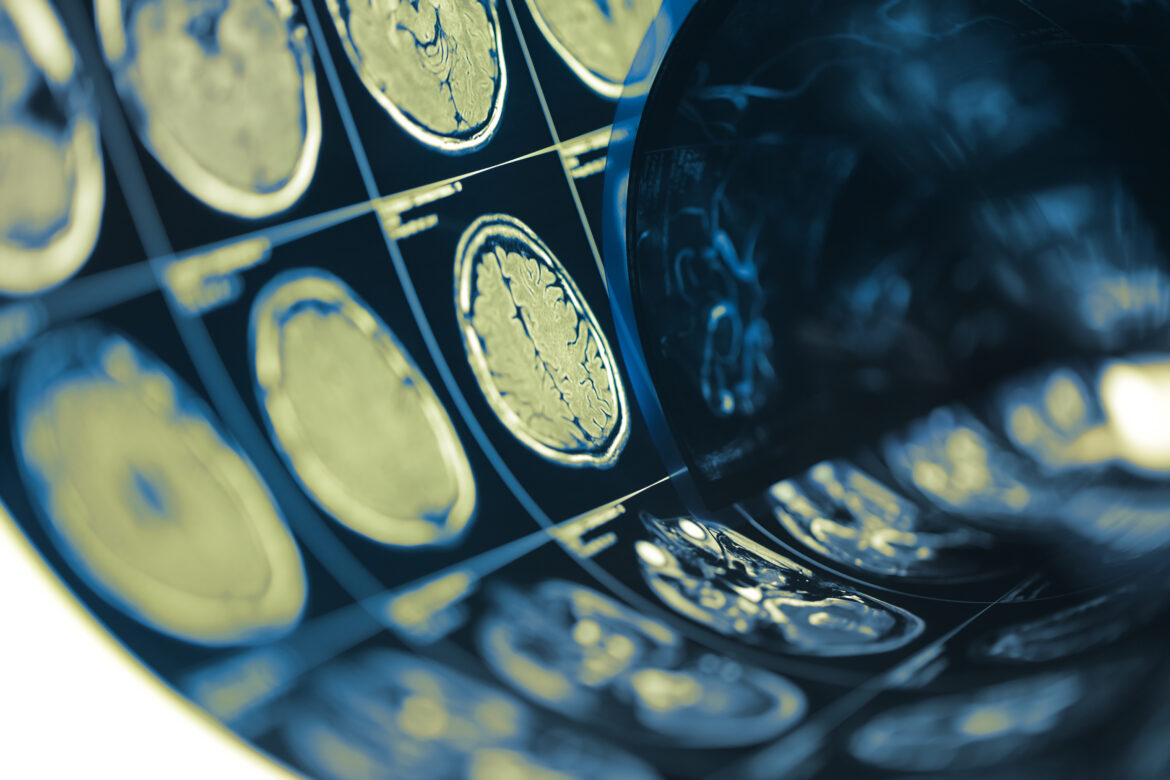Introduction
Functional Neurological Disorder (FND) is a condition that affects the way the brain sends and processes signals, leading to neurological symptoms that cannot be explained by a structural disease like stroke, multiple sclerosis, or epilepsy. FND is real, common, and treatable, yet it is often misunderstood.
This guide will help you understand FND, its symptoms, causes, and the available treatment options to manage the condition effectively.
What is Functional Neurological Disorder (FND)?
FND is a disorder where the brain’s communication system is disrupted, leading to symptoms that resemble those of neurological diseases. However, unlike conditions such as Parkinson’s or multiple sclerosis, FND does not cause permanent damage to brain cells. Instead, the problem lies in how the brain functions rather than its structure.
FND is sometimes referred to as:
- Functional movement disorder (if it affects movement)
- Dissociative seizures (if it causes non-epileptic seizures)
- Conversion disorder (an older term still used in some medical settings)
FND can be highly disabling, but the good news is that it can improve with proper treatment and self-management strategies.
Symptoms of FND
The symptoms of FND vary from person to person but often fall into the following categories:
1. Motor Symptoms (Movement-Related Issues)
- Weakness or paralysis (commonly affecting one side of the body or a limb)
- Tremors or shaking movements
- Dystonia (involuntary muscle contractions causing twisting postures)
- Gait problems (difficulty walking, feeling like legs won’t move)
- Jerks and spasms
2. Sensory Symptoms (Problems with Sensation and Awareness)
- Numbness or tingling
- Loss of sensation in a limb
- Unusual skin sensitivity
- Pain without a clear structural cause
3. Non-Epileptic Seizures (Dissociative Seizures)
These episodes look like epileptic seizures but do not involve abnormal electrical activity in the brain.
- May involve shaking, loss of consciousness, or unresponsiveness
- Often triggered by stress or emotional distress
- Do not respond to epilepsy medications
4. Cognitive Symptoms
- Brain fog or difficulties with concentration
- Memory issues
- Feeling detached or “zoned out”
5. Other Symptoms
- Speech and swallowing difficulties
- Visual problems (blurry vision, double vision, tunnel vision)
- Fatigue and chronic pain
FND symptoms can fluctuate throughout the day or over time, and stress, fatigue, or illness can make them worse.
What Causes FND? The Leading Theories
FND is complex, and researchers believe it develops due to a mix of neurological, psychological, and social factors. Here are the leading theories explaining FND:
1. The Brain Network Disruption Theory
Brain imaging studies have shown that people with FND have changes in brain function, especially in regions controlling movement, emotions, and self-awareness. The brain “disconnects” the normal control of movement or sensation, leading to symptoms.
Key findings:
- The prefrontal cortex (which controls voluntary movement) does not send the right signals.
- The limbic system (which regulates emotions and stress) appears overactive.
- There is reduced connectivity between the motor system and areas that control movement planning.
2. The Stress and Trauma Theory
For some individuals, FND is linked to past psychological trauma, chronic stress, or emotional suppression. This does not mean FND is “all in the mind”—instead, stress influences brain networks that control movement and sensation.
- Studies show childhood trauma, PTSD, and prolonged stress may increase the risk of FND.
- Some individuals develop FND after an injury, even if the injury has healed.
- Not all FND patients have a history of trauma—meaning stress is a contributing factor, not the sole cause.
3. The “Prediction Error” Theory
The brain predicts movements based on past experiences. In FND, the brain incorrectly “predicts” paralysis, tremors, or weakness and blocks normal movement even though the nerves and muscles are healthy.
- This explains why FND symptoms are real and not faked.
- FND symptoms can be reversed when the brain re-learns normal movement patterns.
How is FND Diagnosed?
A diagnosis of FND is made clinically, meaning a neurologist or specialist recognizes key signs.
Some positive clinical signs that suggest FND include:
- Hoover’s sign (for leg weakness)
- Tremor entrainment test (for functional tremors)
- Distraction tests (showing symptoms improve with distraction)
Tests like MRI, CT scans, and EEG are often normal because FND is a functional problem, not a structural one. However, these tests are done to rule out other neurological conditions.
Treatment Options for FND
The good news is that FND symptoms can improve with the right approach. Treatment is personalized and focuses on retraining the brain’s faulty pathways.
1. Physical Therapy
For movement symptoms, working with a specialized physiotherapist is key.
- Retrains the brain to regain normal movement patterns
- Uses distraction techniques to bypass abnormal movement control
- Focuses on functional movements and balance
2. Psychological Therapy
- Cognitive Behavioral Therapy (CBT) – Helps manage stress, identify triggers, and change negative thought patterns.
- Trauma-focused therapy – If past trauma is a factor, addressing it can reduce symptoms.
- Mindfulness and relaxation techniques – Help calm the nervous system.
3. Occupational Therapy
- Helps with daily activities, fatigue management, and pacing strategies.
4. Medications
There is no “cure” medication for FND, but some patients benefit from:
- Antidepressants or anti-anxiety medications (if stress is a major trigger)
- Pain management strategies for associated chronic pain
5. Education and Self-Management
- Understanding that FND is reversible can reduce fear and anxiety, which may worsen symptoms.
- Keeping a symptom journal can help identify triggers and patterns.
- Regular exercise (like yoga, swimming, or walking) can help rewire movement pathways.
Can You Recover from FND?
Yes! Many people with FND see improvement with the right treatments.
- Some recover completely.
- Others experience symptom reduction and improved quality of life.
- A small percentage may have persistent symptoms but can still learn management techniques to live well.
Recovery is not always linear—setbacks can happen, but they do not mean permanent damage. With a multidisciplinary approach, patients can regain control over their symptoms.
Final Thoughts: Living with FND
FND is a real, treatable condition. The key to recovery is understanding the condition, retraining the brain, and using available therapies.
- You are not alone.
- Your symptoms are real.
- Recovery is possible.
If you or a loved one has FND, working with a team that includes neurologists, physiotherapists, psychologists, and occupational therapists can make a significant difference.

